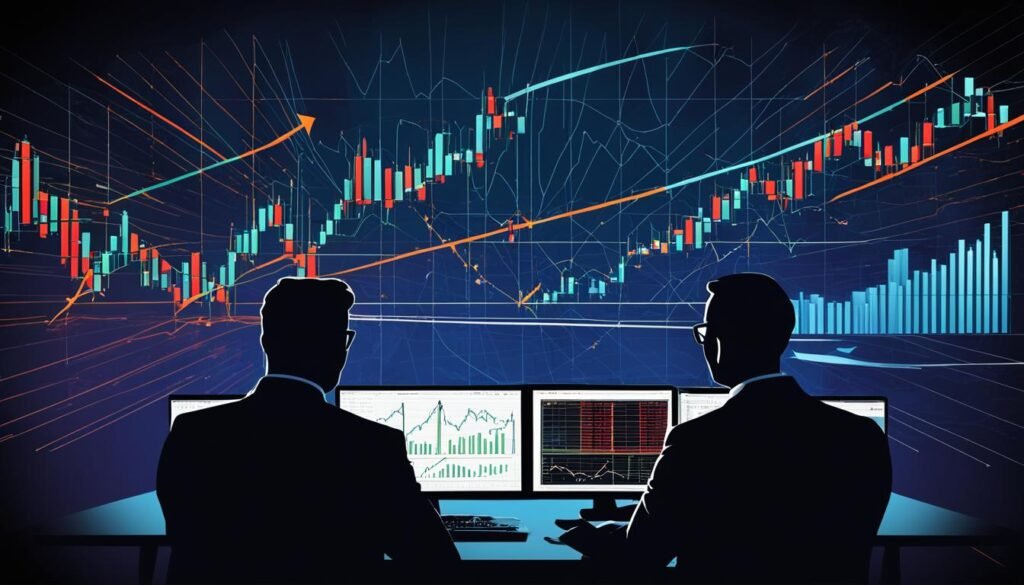Getting started in futures trading can be overwhelming, especially for beginners who are still learning the fundamentals of the market. One of the most effective ways to prepare for the challenges of live trading is through paper trading. This simulation-based approach allows traders to test strategies and develop discipline without the risk of losing actual capital. In this article, we’ll explore in detail how to start paper trading and how it fits into your broader journey toward mastering futures trading.
Understanding the Basics of Paper Trading
Paper trading is a method where you place trades without using real money. These trades are executed in a simulated environment, using real-time or historical market data. It’s a risk-free way to learn the mechanics of market entry and exit, understand price behavior, and test trading strategies.
The term “paper” originates from the pre-digital age, when traders would record hypothetical trades on paper. Today, paper trading platforms provide digital tools that mirror real-time market conditions. These platforms typically offer features such as virtual accounts, trading charts, order types, and performance analytics.
Why Paper Trading is Essential Before Futures Trading
Jumping straight into futures trading without proper preparation can be a costly mistake. Futures markets are highly leveraged and volatile, which makes risk management critical. Paper trading allows new traders to make mistakes, analyze outcomes, and refine strategies in a safe space.
It’s also valuable for experienced traders who want to try out new techniques or instruments. Even a professional trader will often run a new strategy through paper trading before going live with it.
Steps on How to Start Paper Trading
1. Choose a Paper Trading Platform
Start by selecting a platform that supports futures trading simulations. Look for one that offers a user-friendly interface, real-time market data, and a range of order execution features. Make sure it provides access to the same futures contracts you plan to trade live in the future.
2. Set Up Your Virtual Account
Once registered, you’ll receive a virtual balance—usually a large sum to give you flexibility in testing. Resist the temptation to use the full balance unrealistically. Instead, simulate your actual financial situation. This will help you build discipline and realistic expectations.
3. Define Your Trading Plan
Before placing any trades, establish a clear trading plan. Decide what futures contracts you want to trade (such as oil, gold, or index futures), what strategy you’ll use, what time frames you’ll work with, and how you’ll manage risk. A solid plan gives structure to your paper trading journey.
4. Begin Trading
Start placing trades based on your strategy. Treat every trade as if it’s real money. Track entry and exit points, set stop-loss levels, and journal the reasoning behind each trade. This discipline is essential to develop habits that will translate into live futures trading success.
5. Monitor and Evaluate Performance
Use the platform’s performance analysis tools to assess your profitability, win-loss ratio, average return, drawdowns, and more. Identify patterns in your trading behavior. Are you cutting winners too early? Are you overtrading? These insights are crucial for continuous improvement.
6. Adjust and Refine Your Approach
Based on your paper trading outcomes, make necessary adjustments to your strategy or trading plan. Continue testing until your approach yields consistent and stable results over a significant number of trades.
Integrating Paper Trading into Your Futures Trading Goals
Once you’ve mastered the steps on how to start paper trading, the next phase is to integrate those learnings into a real trading environment. However, this transition must be strategic. Don’t rush into live futures trading just because a few trades went well on your simulator. Instead, set objective performance milestones that you must reach before going live.
Many traders use paper trading to practice specific aspects of trading such as technical analysis, timing entries, or testing the effectiveness of stop-loss placements. It’s also helpful for stress-testing strategies under different market conditions, such as news events or high volatility periods.
Benefits of a Structured Paper Trading Routine
There are significant advantages to maintaining a disciplined paper trading routine. It builds your confidence and prepares you for the psychological demands of live trading. While emotional responses are lower during simulated trading, developing habits like patience, consistency, and risk management will prepare you for real-time market dynamics.
Another benefit is the ability to identify weaknesses in your strategy. If your paper trades are consistently hitting stop-loss levels, you may need to review your entry signals or adjust your risk-reward ratio. This process of ongoing refinement is the essence of trading growth.
From Practice to Execution in Futures Trading
The ultimate goal of paper trading is to prepare for live futures trading. When transitioning to real trades, start small. Use minimal position sizes, follow the same strategy you refined during simulation, and continue journaling your performance.
Avoid the trap of treating paper success as a guarantee of real-world profits. Emotional discipline, real capital risk, and market pressure add layers of complexity to live trading. That’s why your initial success in paper trading must be backed by consistent performance and mental preparation.
Final Thoughts
Knowing how to start paper trading is an essential step in the journey of becoming a successful futures trader. It serves as a risk-free environment to gain experience, refine strategies, and build discipline. When used effectively, paper trading acts as a bridge between theory and real-world execution in futures trading.
Invest the time to develop strong habits during your simulation phase. Focus on consistent process rather than outcome. Once you’re ready to go live, the skills and confidence gained from disciplined paper trading will serve as a solid foundation for long-term trading success.







